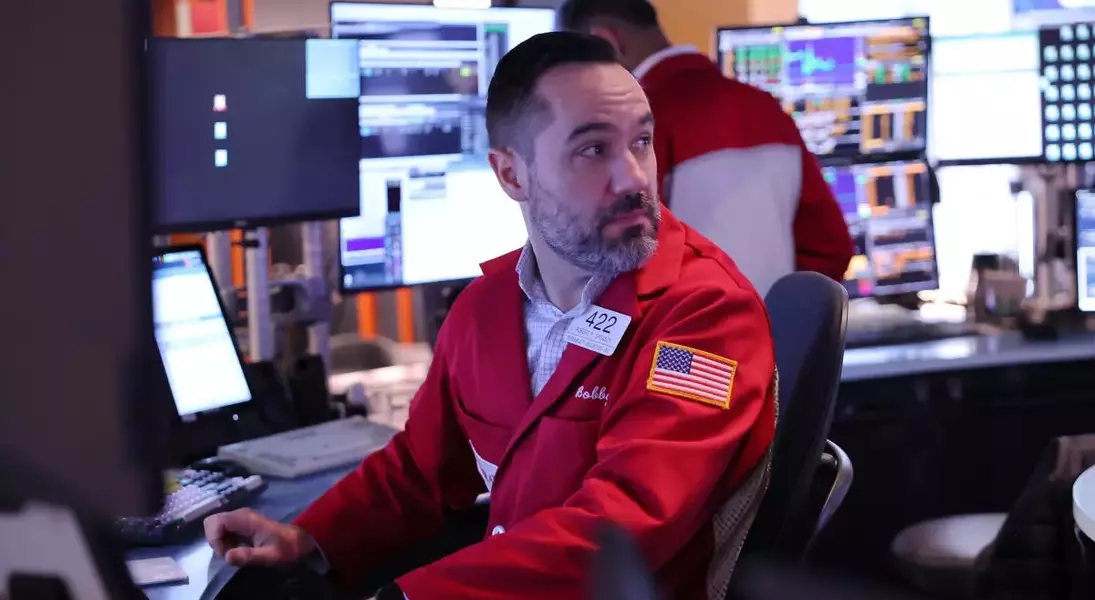The rental market has seen a shift in recent months, with rent prices ticking down 0.6% in October from the prior month. This decline is attributed to the increasing supply of apartments coming onto the market, which is outpacing the current demand. The median asking rent fell to $1,619 in October, a slight decrease from the previous month but still a 0.2% increase from a year ago.
Rent Prices Cooling as Construction Ramps Up
Softening Rent Increases Amid Construction Boom
The softening in rent increases can be largely attributed to the rapid pace of new multifamily housing units being completed, which has reached the fastest pace on record since 1994. This surge in construction has pushed rents lower in metros where supply surpasses demand, as explained by Redfin's senior economist Sheharyar Bokhari.The pandemic-driven surge in demand for housing in certain Sun Belt states, such as Tampa and Jacksonville, has led to a construction boom in these areas. As a result, these regions have seen the largest rent declines following the initial surge in demand.Shifting Construction Patterns and Future Outlook
While the construction boom has been a driving factor in the softening of rent increases, there has been a recent shift in construction patterns. In recent months, there has been a slowdown in multifamily projects, which could have implications for the future rental market.However, Bokhari noted that "we will continue to see a wave of new apartment buildings coming onto the market in coming months, which is good news for renters looking for an affordable rental in 2025." This suggests that the rental market may continue to see a gradual easing of rent prices as the supply of new units comes online.Shelter Costs and Inflation
The decline in rent prices comes at a crucial time, as the government's Consumer Price Index (CPI) report for October is set to be released. Shelter costs have been one of the biggest contributors to inflation over the last year, with shelter and food costs accounting for 75% of the increase in the CPI in September.The softening in rent increases could signal a potential easing of inflationary pressures, as shelter costs have been a significant driver of the overall rise in prices. However, Federal Reserve Chair Jerome Powell has noted that the impact of this cooling in rents may not be immediately reflected in the shelter inflation readings, as older leases that are turning over take several years to catch up to the current market conditions.Rent Trends and the Federal Reserve's Approach
The Federal Reserve has been closely monitoring the rental market as it navigates the current inflationary environment. Powell has acknowledged that rents for newly signed leases "are experiencing very low inflation," indicating that the central bank is aware of the shifting dynamics in the rental market.As the Fed continues to raise interest rates in an effort to curb inflation, the softening of rent increases could provide some relief for consumers and potentially influence the central bank's future policy decisions. However, the full impact of these trends on the broader economy and the Fed's approach remains to be seen.Overall, the rental market is undergoing a period of transition, with the increasing supply of apartments outpacing demand and leading to a decline in rent prices. This shift could have significant implications for both consumers and policymakers as they navigate the complex landscape of inflation and the housing market.You May Like

